Butcher block countertops are popular in traditional and modern kitchens due to their durability, warm aesthetic, and functional utility. But can you paint butcher blocks? Homeowners frequently ponder the idea of personalizing their kitchen or rejuvenating their current butcher block countertops. This article will explore the aforementioned question, examine the advantages and disadvantages, and offer a detailed guide on the art of painting butcher blocks in a highly effective manner.
A Step-By-Step Guide
Clean The Surface
Prior to commencing any painting, it is crucial to initiate the process with a pristine surface to ensure optimal adherence of the paint to the butcher block. Start by gently wiping the countertop using a clean, damp cloth to eliminate any loose dust and debris. To remove stubborn stains or sticky patches, use a mild dish soap and warm water solution.
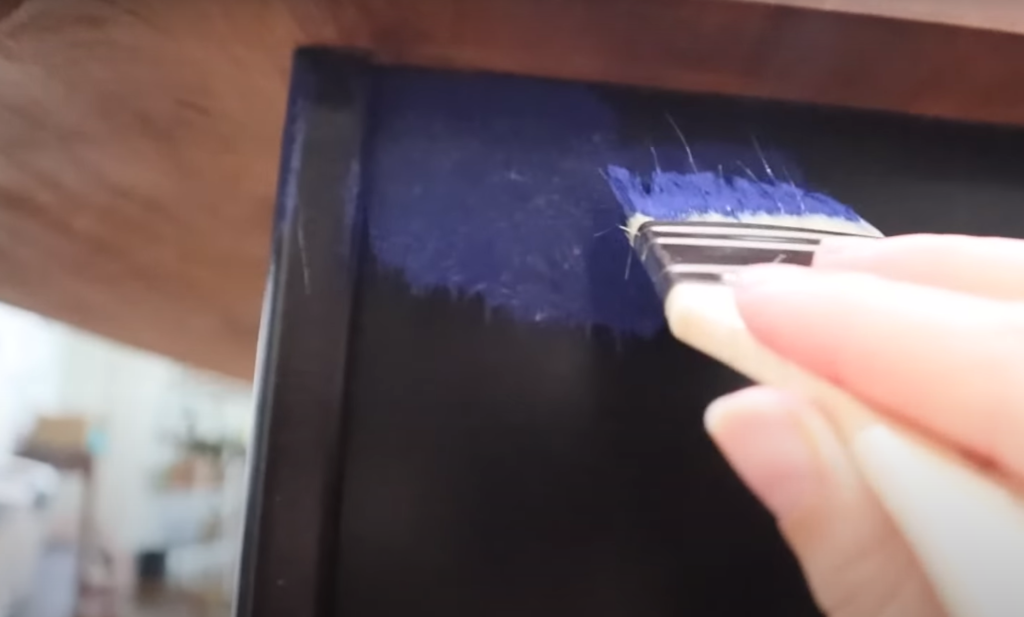
Ensure a thorough rinse to eliminate any lingering soap residue. After cleaning the surface, allow it to fully dry. If necessary, use a hairdryer or fan to expedite the drying process. Remember, the wood must be entirely dry before you proceed to the next step.
Sand The Surface
Sanding the butcher block countertop is vital to prepare the surface for painting.
The aim is to scuff up the surface to make the paint stick better, not to remove all of the finish or existing stain. Work in the direction of the grain to avoid scratches that may show through the paint. Be sure to sand all areas, including edges and corners. After sanding, gently wipe the surface using a damp cloth to eliminate any dust particles before progressing to the subsequent step. [1]Wipe Away The Dust
After the sanding process, it is crucial to thoroughly eliminate any residual dust to guarantee a flawless and pristine surface, primed for the application of paint. Use a lightly dampened cloth to wipe down the entire butcher block countertop. Make sure to reach into the corners and along the edges where dust might have accumulated. Once the dust is entirely wiped away, allow the countertop to dry again thoroughly. If you’re in a rush, you might want to utilize a fan or hairdryer to expedite the drying process. Following this, your butcher block countertop is ready for the next step: priming.
Apply A Primer
Applying a primer is an essential step when painting your butcher block countertop. It plays a critical role in creating a smooth and uniform surface for the paint to adhere to, ensuring a flawless finish. Start by selecting a high-quality primer that’s suitable for wood surfaces. With a brush or roller, apply a thin layer of primer to the entire countertop surface, including edges and corners. For optimal results, ensure that you follow the direction of the wood grain.
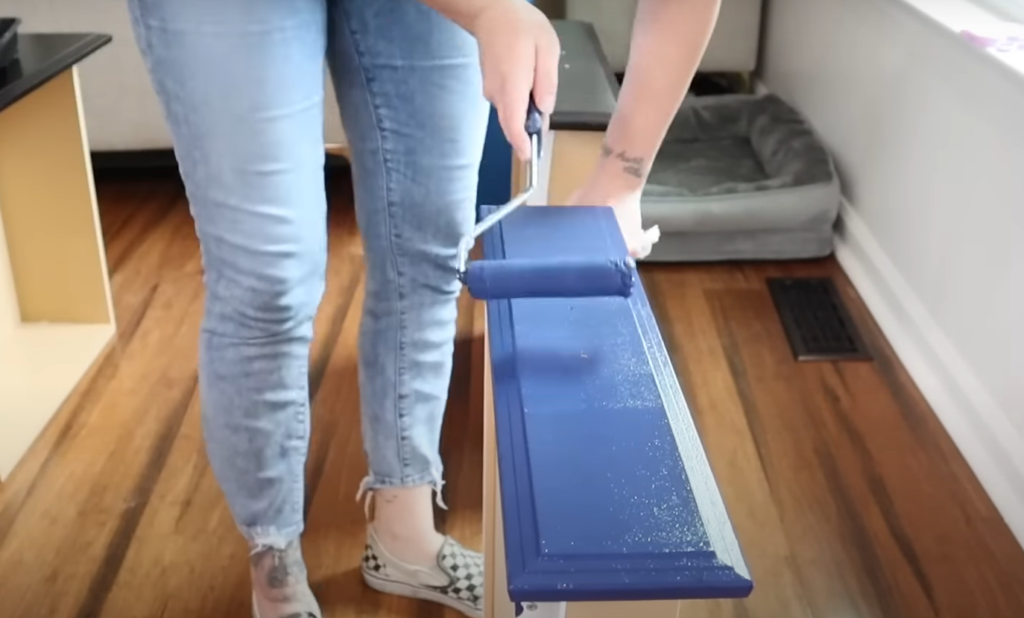
This will help enhance the quality and overall outcome. Once you have applied the primer, make sure to allow it sufficient time to completely dry. The duration of this process can vary, ranging from several hours to potentially overnight, contingent upon the particular product and environmental conditions. Remember to follow the manufacturer’s instructions for the best results.
Paint The Countertop
Now that your countertop is primed and ready, it’s time to apply the paint color of your choice. Choose a premium paint that is specifically designed for use in kitchens and has excellent durability to withstand the daily demands and potential damage. A kitchen-safe enamel paint is a popular choice as they are known for their durability and ease of cleaning. Use a clean, high-quality paint brush or roller and apply the paint in the direction of the grain of the wood.
To ensure proper coverage, it may be necessary to apply multiple coats of paint, especially if the opacity of your chosen paint is lower. Allow sufficient drying time between each coat as recommended by the paint manufacturer. After the final coat, leave the paint to cure for several days before using the countertop. This precaution ensures the paint has hardened sufficiently and can stand up to kitchen use. [2]Apply A Sealer
The final step in painting your butcher block countertop involves applying a sealer, which forms a protective layer over the painted surface. The sealer extends the life of the paint job by guarding against scratches, stains, and everyday wear and tear. Start by choosing a food-safe sealer that is compatible with the type of paint you have applied. For an impeccable finish, use a pristine, top-notch brush to apply the sealer. Work in harmony with the wood grain, ensuring a seamless and uniform coat. To optimize the quality of your paint job, ensure you allow sufficient drying time between coats, as specified by the manufacturer’s instructions. For optimal protection, it is recommended to apply two or more coats. Once the final coat of sealer is dry, your newly painted butcher block countertop is complete and ready for use.
Is It Essential To Seal The Butcher Block Countertops?
Properly sealing butcher block countertops is not merely a suggestion, but rather a vital necessity. This crucial step in the process provides several benefits that help maintain the longevity and aesthetic appeal of your countertop. First and foremost, a sealer acts as a protective layer, shielding the painted surface from typical kitchen wear and tear, including scratches, spills, and stains. This is particularly important in a space where food is regularly prepared and served. Additionally, the sealer prevents moisture absorption, which can lead to the warping or cracking of the wood over time.
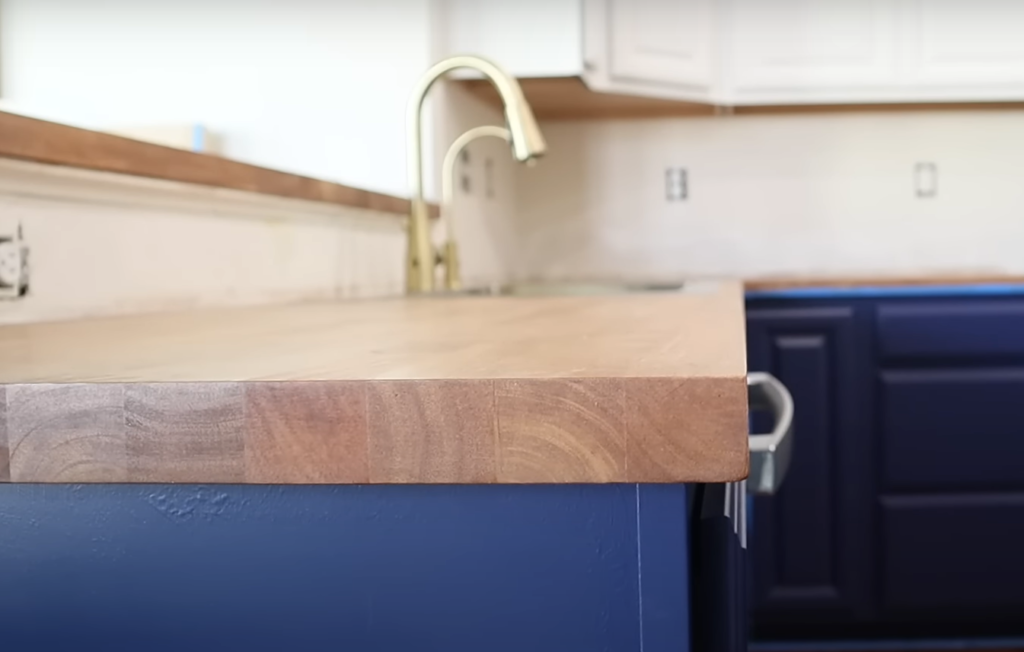
Finally, a quality sealer enhances the color and luster of the paint, giving your butcher block countertop a finished, professional look. It’s key to choose a food-safe sealer, especially if you plan to use the countertop for food preparation. Thus, it’s clear that sealing is a vital step in ensuring your painted butcher block countertop stays looking its best for as long as possible. [3]
How To Prolong The Life Of Your Butcher Block Countertops After Paint?
To prolong the life of your painted butcher block countertops, it’s essential to follow a few maintenance tips. Firstly, clean the countertops regularly with a soft, damp cloth and mild detergent. Avoid using harsh cleaning chemicals as they can damage the paint and sealer over time. Secondly, protect the surface from heat and sharp objects by using trivets and cutting boards; this prevents damaging the sealer and paint. Thirdly, try to wipe up spills as quickly as possible to prevent them from seeping into the paint and causing damage. Finally, it’s recommended to reapply the sealer every few years or as needed, depending on the level of use and wear the countertop experiences. This reapplication will renew the protective layer and keep your butcher block countertop looking its best for years to come.
The Best Method To Paint Butcher Block Countertop
The best method to paint butcher block countertops involves several key steps.
- Preparation: Start by thoroughly cleaning the countertop. Remove dust, grease, or food particles using a mild detergent and warm water. Ensure the surface is completely dry.
- Sanding: Next, sand the surface for effective primer and paint adhesion. Use a fine-grit sandpaper and move in the direction of the wood grain. Wipe away any dust using a damp cloth.
- Priming: Apply a coat of high-quality, wood-appropriate primer. This will help the paint adhere to the wooden surface better and ensure a smoother finish. Allow the primer to dry completely.
- Painting: Select a kitchen-safe, durable paint. Apply it in thin, even layers. You may need multiple coats for the desired color and opacity. Allow each coat to dry completely before applying the next.
- Sealing: Finally, apply a food-safe sealer over the paint. This will protect your painted countertop from scratches, stains, and wear and tear. Apply two or more coats as needed, allowing sufficient drying time in between.
- Maintenance: Clean your countertop regularly, protect it from heat and sharp objects, and reapply the sealer as necessary. [4]
FAQ
Can you paint or stain butcher blocks?
Yes, you can paint or stain butcher block countertops, but it’s important to do so carefully and with the right products to maintain the durability and food safety of the surface. Before painting or staining, the surface should be thoroughly cleaned and sanded.

When staining, choose a food-safe stain and apply it evenly in the direction of the grain. After the stain has dried, seal the surface with a food-safe sealer. When painting, use a food-safe, durable paint and follow with a food-safe sealer. Regardless of whether you choose to paint or stain, regular maintenance, including cleaning and periodic reapplication of the sealer, will help prolong the life of your butcher block countertop.
Can you change the color of the butcher block?
Yes, you can change the color of butcher block countertops by either staining or painting them. Staining is a common method that enhances the natural wood look while adding a tint of color. It enhances the grain and gives you control over the color intensity based on the number of coats applied. However, if you’re interested in a more drastic color change, painting is the way to go. You can select any color that matches your kitchen decor. When painting, remember to use a food-safe, durable paint and follow up with a food-safe sealer.
What not to do with the butcher block?
There are several things you should avoid doing with butcher block countertops to maintain their longevity and appeal.
- Don’t leave them wet
- Avoid direct heat
- Steer clear of harsh chemicals
- Don’t cut directly on the surface
Can you paint Ikea butcher blocks?
Yes, you can paint Ikea butcher block countertops. The process is akin to painting other types of butcher block. First, clean the countertop thoroughly to remove any dust or grease. Next, sand the surface with a fine-grit sandpaper to ensure proper adhesion of the primer and paint. After sanding, wipe away any dust with a damp cloth and let the surface dry. Apply a coat of a high-quality, wood-appropriate primer and let it dry. Then apply your chosen kitchen-safe paint, applying additional coats as needed for the desired color depth, allowing each coat to dry thoroughly. Finally, seal the painted surface with a food-safe sealer to protect it from daily wear and tear.
Can I paint butcher block white?
Yes, you can certainly paint butcher block countertops white. White paint can give your kitchen a fresh, modern, and clean look. The steps are essentially the same as painting butcher blocks in any other color.
- Clean
- Sand
- Prime
- Paint
- Seal
- Maintain
Remember, patience is key when painting butcher blocks, especially when using lighter colors like white.
Can you permanently seal butcher block countertops?
Yes, you can permanently seal butcher block countertops, but it involves regular maintenance to ensure the seal lasts. A sealed butcher block countertop provides a durable and water-resistant surface, which is great for kitchen use. For sealing, you can use a food-safe sealant like mineral oil, Tung oil, or a blend of beeswax and mineral oil. The application process usually involves applying the sealant to the butcher block, letting it soak, and then wiping off the excess. It’s recommended to reapply the sealer periodically, typically every few months, to maintain its effectiveness. Always remember to clean your countertop thoroughly before resealing. By adhering to this routine, your butcher block countertop can remain permanently sealed, allowing you to enjoy its natural beauty for years to come.
What is the best finish for a butcher block?
The best finish for a butcher block depends largely on how you plan to use the countertop. If you intend to use it as a cutting surface, a food-safe mineral oil finish is an excellent choice.
You simply apply it generously, let it soak in, and then wipe off the excess. It’s recommended to reapply monthly or as needed.If your butcher block is primarily a decorative or lightly-used surface, you might prefer a more durable finish like a blend of beeswax and mineral oil or Tung oil. These create a more resilient, semi-gloss finish that repels water and stains better than mineral oil alone.
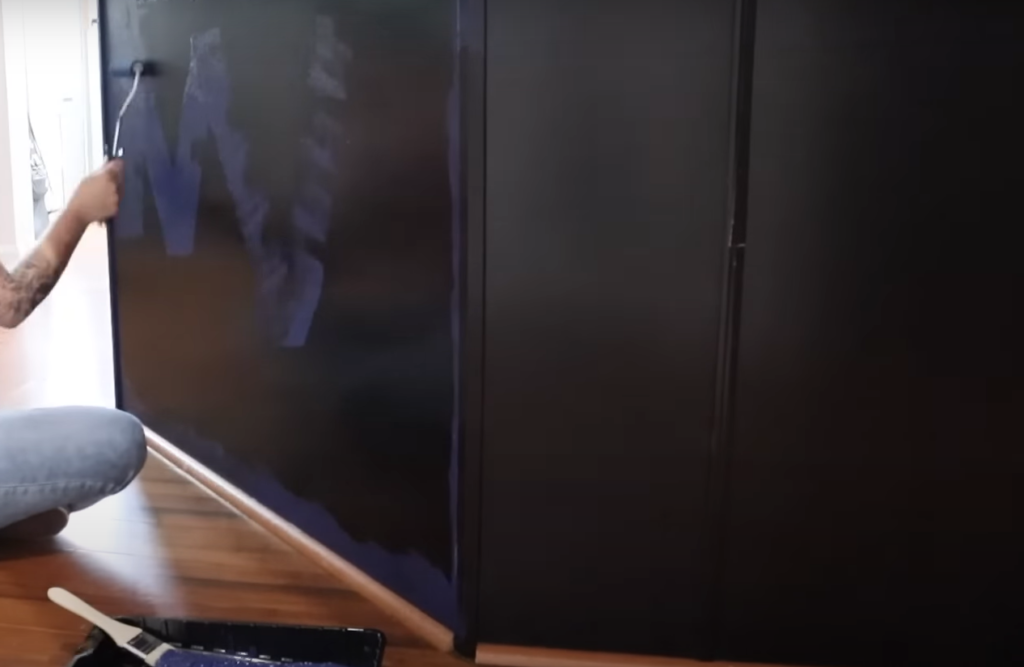
For the most durable finish—ideal if your butcher block is more of a kitchen countertop than a cutting surface—consider a polyurethane finish. Polyurethane provides a tough, water-resistant finish that doesn’t require frequent reapplications.
Can you leave the butcher block unfinished?
Yes, leaving a butcher block unfinished is an option, but it does come with its own set of challenges. While an unfinished butcher block may showcase the natural beauty of the wood more vividly, it will be susceptible to water damage, stains, and bacterial growth. It would require diligent cleaning and drying after each use to prevent these issues. If you decide to leave your butcher block unfinished, be prepared for a bit more maintenance to keep it clean and sanitary. However, most experts recommend applying at least a food-safe oil or similar finish to provide some protection and prolong the life of the butcher block.
How do you waterproof a butcher block?
Butcher block countertops can be waterproofed through various processes. The most common way is to use a food-safe oil or sealant that repels water. Here’s the step-by-step process:
- Clean: Start by thoroughly cleaning the butcher block countertop to remove any dust, grease, or food residues.
- Sand: Lightly sand the surface with fine-grit sandpaper to prepare it for the sealant. Wipe away any dust remnants.
- Apply Sealant: Choose a food-safe sealant such as mineral oil, Tung oil, or a blend of beeswax and mineral oil. Apply it generously, allowing it to soak into the wood.
- Wipe: After the sealant has soaked in for the recommended time, usually about 20-30 minutes, wipe off any excess with a clean, dry cloth.
- Cure: Let the sealant cure for the specified amount of time before using the countertop.
- Maintain: Regular reapplications of the sealant, usually every few months, will maintain the waterproof seal and protect against water damage.
Useful Video: DIY Kitchen Makeover! Painting Cabinets, Butcher Block Countertops, Decorating Ideas, Before & After
Conclusion
In conclusion, painting and maintaining a butcher block countertop may require some effort, but the results can be truly rewarding. By choosing the right paint and finish, you can transform a simple butcher block into a stunning countertop that not only enhances the aesthetics of your kitchen but also serves your culinary needs efficiently. Whether you opt to leave it unfinished to appreciate the raw beauty of the wood, or seal it for durability, your butcher block countertop can provide years of service with the right care. Always remember, regular maintenance is key to prolong life and maintain the beauty of your butcher block.
References:
- https://repaintnow.com/butcher-block/
- https://paintanalyzer.com/can-butcher-block-countertops-be-painted/
- https://www.leanneford.com/diy/white-washed-countertops
- https://northstarkitchenandbath.com/painting-kitchen-countertops-can-you-actually-do-it-pro-tips/



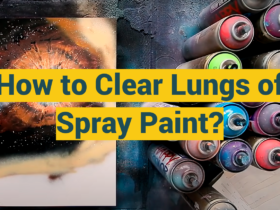

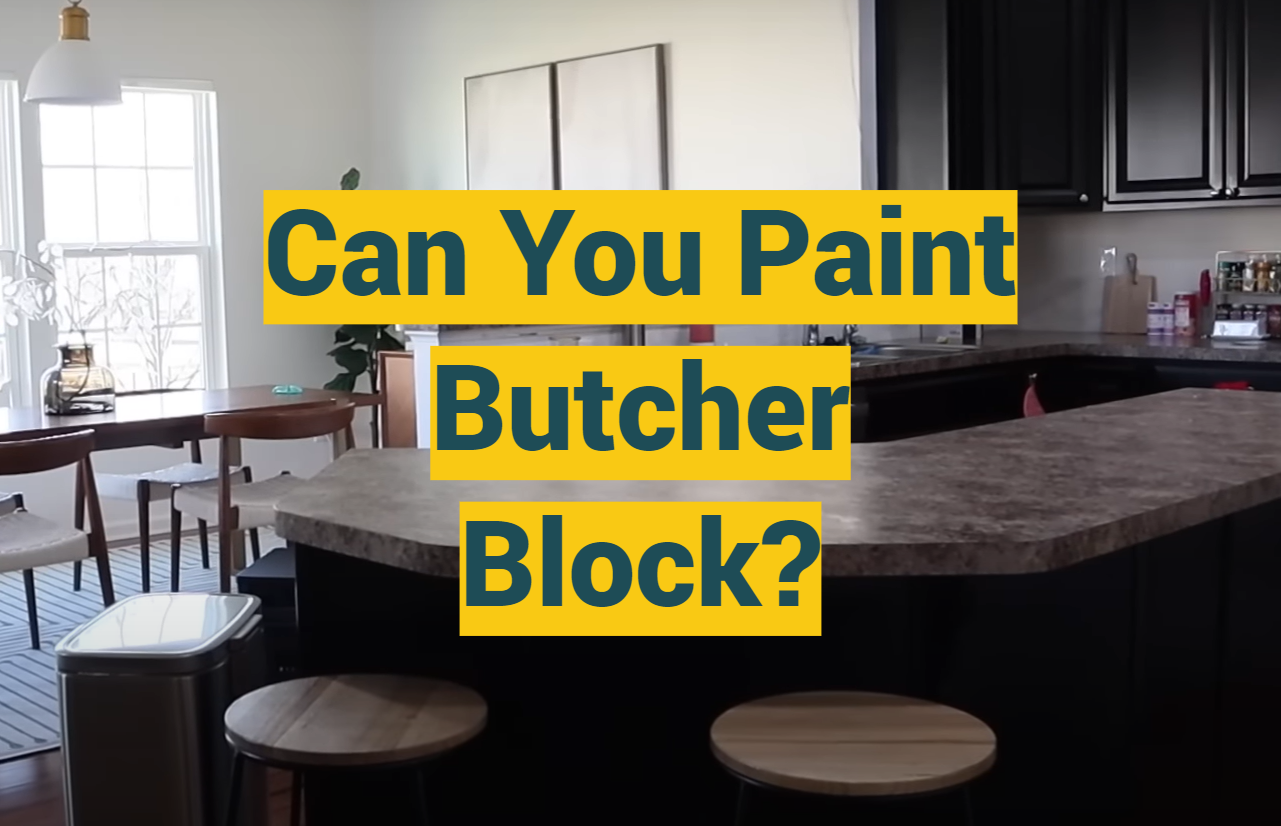




Leave a Review